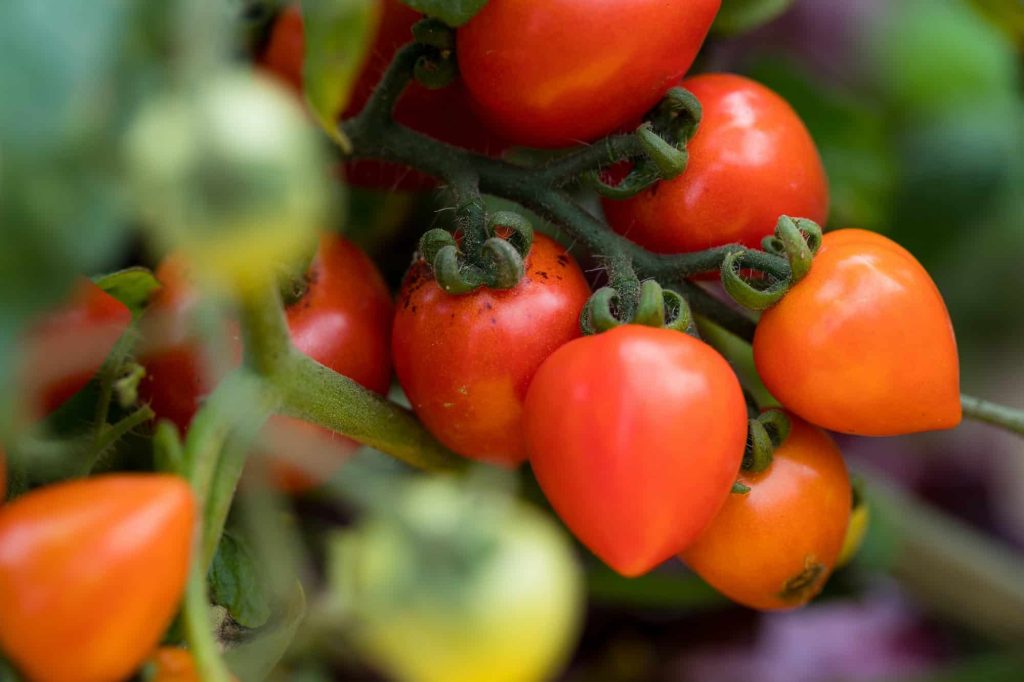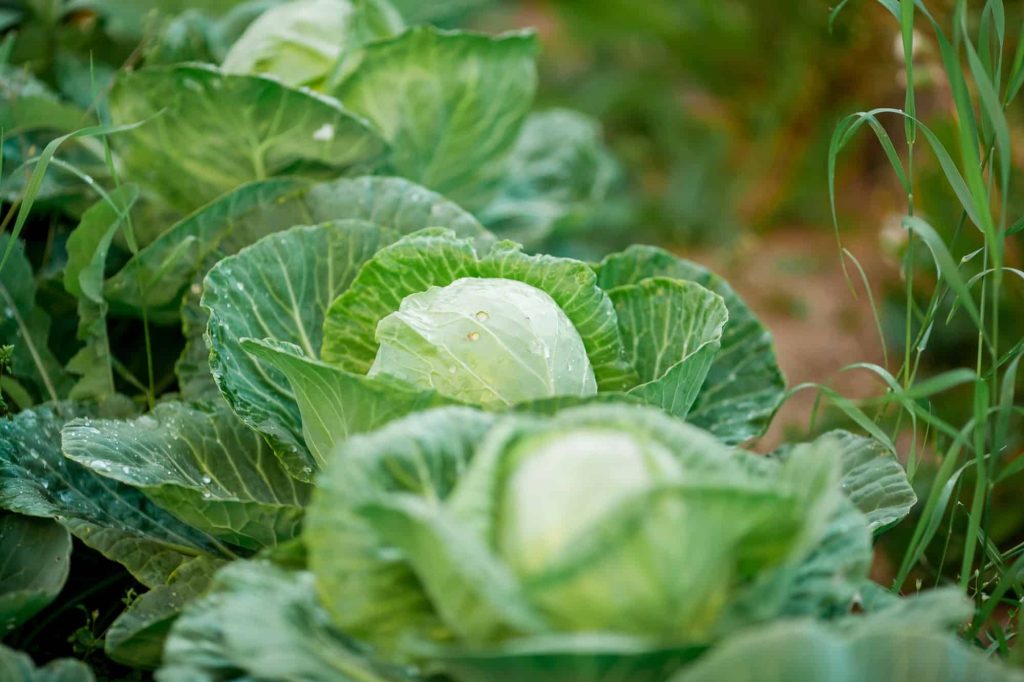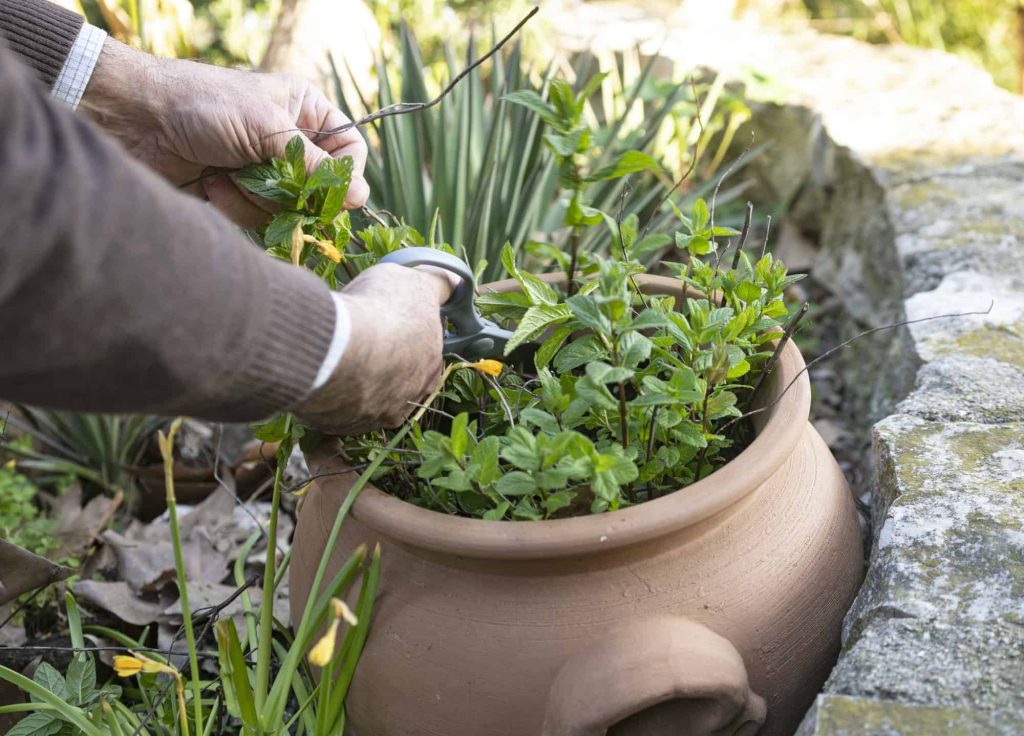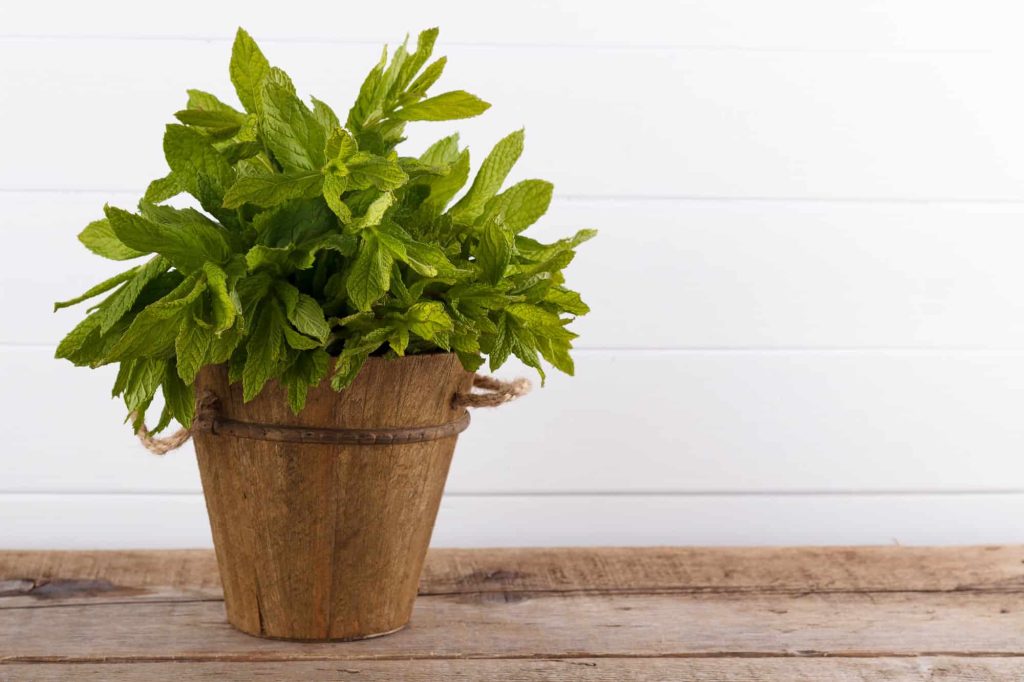Mint is an aggressive plant and it can be harmful to other plants if care is not taken. It extends its roots and competes with other plants for nutrients. The solution to this problem is to plant it separately or with a plant that can tolerate it.
It is very important to study mint to avoid disaster. Some gardeners concluded that it is easy to grow because it doesn’t need to be monitored every time like other herbs. To get the best out of other plants, consider growing mint close to them.
Plants that benefit from mint include kales, broccoli, Brussel, and squash. The scent of mint drives away dangerous pests from the plants listed above.
It goes well with most vegetables but not with all herbs. Below is the list of flowers, vegetables, and herbs that go well with mint and you should consider growing.
8 Best Mint Companion Plants
Some plants yield when cultivated with other plants while some don’t. You might be wondering why some of your plants have been dying. It could be that you cultivated it close to mint. Find out which plants can survive with mint in the same patch.
1. Carrots
One of the problems gardeners face when planting carrots is the infestation of carrot flies. The flies perch on the carrot and lay their eggs. The larvae are responsible for boring into the fruit and destroying it.
A major way of getting rid of this fly is by planting carrots with companion plants. Mint emits a scent that masks the smell of carrot.
2. Tomatoes

One of the reasons for companion planting is to get rid of pests. Aphids destroy tomatoes. By growing them with mint, the aphids will never come near your tomatoes. It will also help repel other pests like hornworms and others that could damage your vegetable crop.
3. Beans
You can never go wrong planting cover crops. Asides from adding nutrients to the soil, they offer many other benefits to plants. Beans are prone to attack by rodents like mice. To get rid of it, position some beans crops close to it.
4. Marigold
This is a beautiful flower that releases a good fragrance. Planting marigold with your mint plant will invite pollinators that will aid its growth. It also repels pests from destroying the plant.
5. Cabbage
Vegetables that belong to the Brassica family are prone to attacks from cabbage moths which eat up the leaves and reduce its nutrient. You can get rid of these moths by situating some mint plants close to cabbage and other vegetables in the cabbage family.

6. Geranium
This plant will grow in the same conditions you place your mint plant and won’t compete with it for nutrients. They require similar sunlight and well-drained soil to grow.
7. Dahlias
Flowering plants will do well when you grow them separately but will perform better when planted with companion plants. Dahlias will blossom well when cultivated with mint, They’re also great flowers to plant with rosemary.
8. Sweet corn
Corn is pone to attack by many pests and rodents including mice. These pests hate the scent of mint. By growing mint with your sweet corn plant, mice and other pests will not come near it
What Not to Grow With Mint
Here are some plants that are not so great companion plants for mint.
1. Lavender
Growing these two herbs together is the wrong choice. You should never try it. Lavender requires dry soil to grow well. Mint on the other hand will produce a great harvest when cultivated on moist or well-drained soil. It is a water-loving plant and can’t survive in the same growing condition you plant lavender.

Other plants that will cause harm to your mint include;
- Rosemary
- Sage and thyme
- Parsely.
Mint Companion Planting Guide
Here are some tips for practicing companion planting when growing mint.
- It is advisable to make use of a pot when you want to plant your mint
- When growing mint, space the plants 18-24 inches away from each other
- Consistently prune the flower buds and stem
- Fertilizers enhance the growth of mint. Always apply fertilizers to the mint plant
- Mint requires little sunlight to grow well. Excessive sunlight will not kill the plant but it will not thrive well
- Wet your plant consistently as it needs moisture to grow well
- Plant your mint during cool seasons preferably during the winter season.
What can you not plant next to mint?
Can you plant mint near other plants?
Is mint a good companion plant for tomatoes?
Where should I plant mint in my garden?
What insects does mint attract?
How do I make my mint plant bushy?
Does mint keep bugs away?
What insect will eat mint?
Why is my mint plant so leggy?
How deep do mint roots go?
How do you dig and replant mint?
What root system does mint have?
How fast do mint roots grow?
Does mint come back every year?
Does sweet mint like full sun?
How often do you water sweet mint?
Does sweet mint keep bugs away?
What bugs does mint attract?
Final thoughts
Mint plants don’t tolerate herbs so much but will offer benefits to some vegetable plants. It can be dangerous to the root system of some crops.
To understand how mint copes with other plants, simply study the guidelines and follow the instructions given. With that rests assured to have a bountiful harvest of mint.
More companion planting guides:
